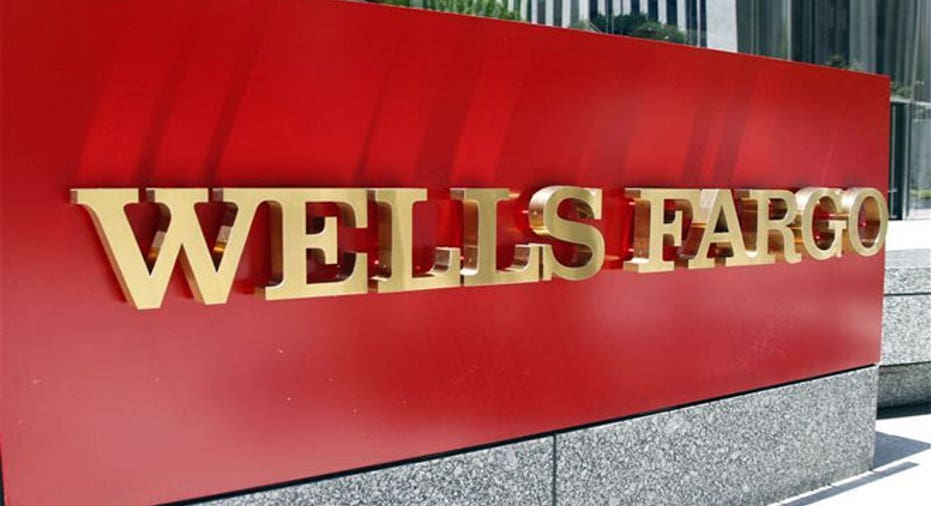Wells Fargo's 2Q Earnings Slip

Wells Fargo & Co. said its second-quarter profit fell as the nation's third-largest bank by assets continued to deal with low interest rates that sap lenders' profitability.
The San Francisco-based bank reported a profit of $5.56 billion, or $1.01 a share. That compares with $5.72 billion, or $1.03 a share, in the same period of 2015. Analysts polled by Thomson Reuters had expected earnings of $1.01 a share.
Revenue was $22.16 billion, in line with analysts' expectations.
The bank's shares slipped in premarket trade.
Wells Fargo has been one of the most consistent big banks at growing earnings and revenue. But shares have fallen 10% since the start of 2016, compared with a drop of 8% for the KBW Nasdaq Bank index of large commercial lenders over the same period.
Lower-for-longer interest rates have put a damper on profits as banks like Wells Fargo don't earn as much money by lending out their vast deposits. The U.K. vote to leave the European Union, known as Brexit, has also pushed U.S. bank stocks down, though Wells Fargo has a much smaller presence in the U.K. and investment banking than its counterparts. A slump in oil prices has also hurt Wells Fargo, which is one of the largest energy lenders.
But low rates have been a boon for certain aspects of home lending. The bank extended $63 billion in home loans between the end of March and the end of June, compared with $62 billion in the second quarter of 2015 and $44 billion in the first quarter of 2016. Yet Wells Fargo's mortgage business, the largest in the U.S. by volume, earned $1.41 billion in fees in the second quarter, down 17% from the $1.71 billion it earned in same period a year ago.
Costs increased 3% to $12.87 billion from $12.47 billion in the second quarter of 2015. Expenses as a share of revenue in the second quarter was 58.1%, within the 55%-59% range that Wells Fargo targets for its so-called efficiency ratio.
Wells Fargo, along with other banks, felt the blow from low oil prices earlier this year that pushed many energy firms into distress. Though oil prices have bounced back, they still aren't at profitable levels for many energy firms, which leaves lenders like Wells Fargo exposed to bad debt. The bank is affected more than other large banks since it is one of the most sizable lenders to the industry.
In the second quarter, Wells Fargo charged off $263 million in energy loans, an increase of $59 million from the amount it charged off in the first quarter of 2016.
Overall, Wells Fargo's loan book continued to expand at a fast pace, an indication that the firm run by Chairman and CEO John Stumpf is growing its balance sheet faster than big-bank peers. Total loans at the end of the second quarter were $957.16 billion, a 7.7% increase from $888.46 billion in the same period a year ago.
Despite the overall loan growth, Wells Fargo reported that the profitability of its lending activities continued to be challenged. Its net interest margin, a measure of how profitably it can lend out its customers' deposits, fell to 2.86% from 2.9% at the end of March and 2.97% in the second quarter a year ago.
Write to Emily Glazer at emily.glazer@wsj.com and Peter Rudegeair at Peter.Rudegeair@wsj.com



















